 November 12,2025
November 12,2025 38
38To ensure long-term stable operation, extend service life, and enhance construction efficiency, this systematic maintenance and servicing guide provides comprehensive instructions covering daily inspections, periodic maintenance, operational procedures, and replacement of wear parts. It empowers users to keep equipment in optimal working condition.

- Daily Inspection and Maintenance
During routine operation, focus on core components including the engine, chassis, boom, and hydraulic system.
For the engine and chassis, regularly inspect engine oil, coolant levels, and electrical circuit functionality to ensure stable power output. Simultaneously, check connections at the front and rear axles and transfer case to prevent loosening that could compromise driving safety.
The boom and outriggers require thorough inspection for cracks or weld separation at joints. Outriggers must be securely positioned to guarantee operational safety.
For the lubrication system, regularly apply grease to the boom, turret, outriggers, and chassis transmission points. Periodically replace gear oil to ensure smooth operation throughout.
Additionally, maintain proper hydraulic oil levels and cleanliness. Promptly inspect high-pressure hoses and fittings to prevent leaks.
- Regular Maintenance
Regular maintenance is essential for the efficient operation of pump trucks. Replace diesel, engine oil, air, and hydraulic oil filters according to specified intervals to maintain system cleanliness.
Rotate the boom delivery pipes periodically to prevent localized wear. Monitor changes in pipe wall thickness and replace pipes promptly when necessary.
For the electrical system, inspect the electrical components in the control cabinet and cab to ensure the control system operates stably. Keep the remote control batteries fully charged to ensure responsive and reliable operation.
- Construction Operation Precautions
Before operation, confirm that the pump truck's outriggers are securely supported and all piping connections are correct to prevent overturning or slurry leakage during work.
During pumping operations, adjust the discharge volume appropriately based on site requirements to avoid equipment damage from high-pressure impacts or low-load operation. Operators must monitor equipment status in real time and immediately shut down for inspection upon detecting abnormalities.
After completion, thoroughly clean the pumping system and piping immediately to prevent concrete residue from causing blockages or corrosion.
- Wear Parts Management and Maintenance
During prolonged use, components such as delivery pipes, wear plates, cutting rings, and rubber springs are high-frequency wear items. Familiarize yourself with their performance characteristics and replacement cycles. Follow the “outside-in, easy-to-difficult” replacement principle to ensure efficient and safe maintenance.
During maintenance, use appropriate tools to avoid secondary damage from improper operation. For complex or difficult faults, promptly contact professional maintenance personnel or manufacturer support to prevent escalation of issues.

Scientific and standardized maintenance is crucial for ensuring the efficient and safe operation of pump trucks. By implementing routine inspections, periodic maintenance, standardized operation, and professional repairs, users can effectively enhance equipment reliability and construction efficiency, providing solid support for project development.
-
 Morocco Customer Visted CRUKING OfficeNovember 17,2025
Morocco Customer Visted CRUKING OfficeNovember 17,2025 -
 UAE Customer Visited CRUKING OfficeNovember 17,2025
UAE Customer Visited CRUKING OfficeNovember 17,2025 -
 Algeria Customers Visited CRUKING OfficeNovember 17,2025
Algeria Customers Visited CRUKING OfficeNovember 17,2025 -
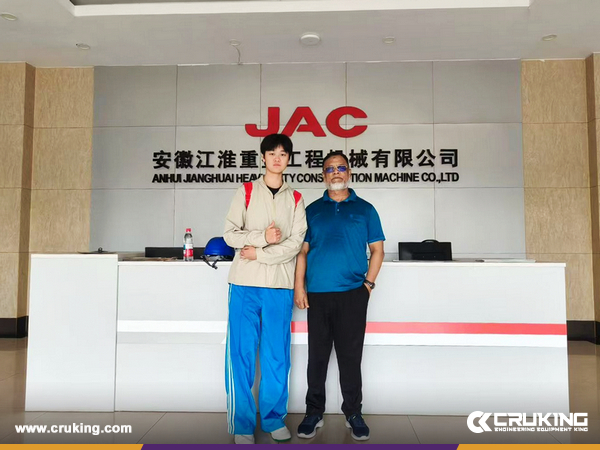 Bangladesh Customer Visited JAC FactoryApril 28,2025
Bangladesh Customer Visited JAC FactoryApril 28,2025 -
 Australia Customer Visited CRUKING OfficeJanuary 09,2025
Australia Customer Visited CRUKING OfficeJanuary 09,2025
-
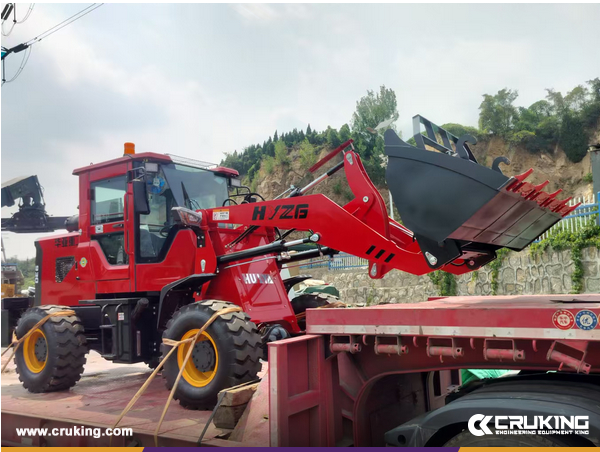 Denmark - 1 Unit HUAYA HY930 Wheel loaderNovember 17,2025
Denmark - 1 Unit HUAYA HY930 Wheel loaderNovember 17,2025 -
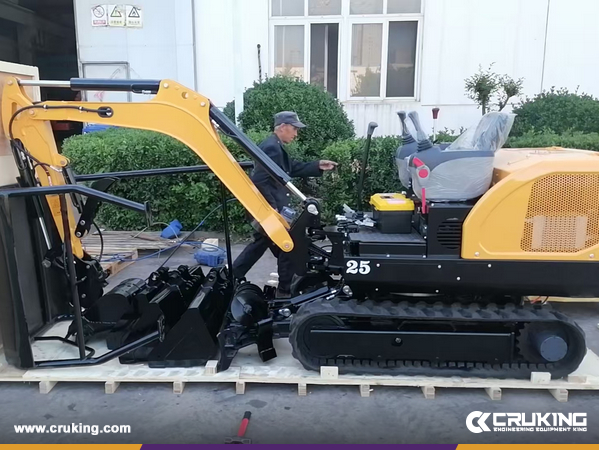 Belgium - 1 Unit KE25 ExcavatorNovember 17,2025
Belgium - 1 Unit KE25 ExcavatorNovember 17,2025 -
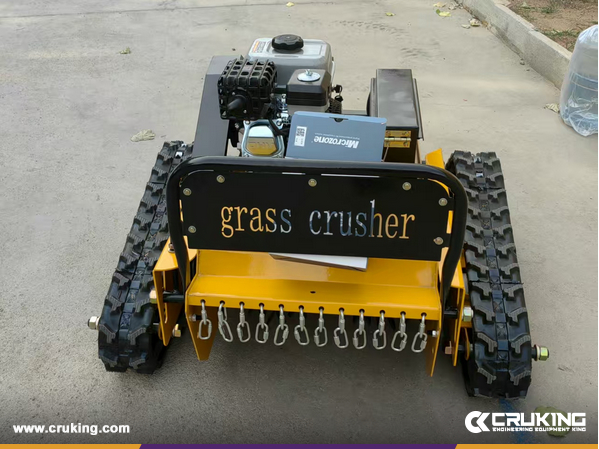 Denmark - 1 Unit NANBEN 500C Lawn MowerNovember 17,2025
Denmark - 1 Unit NANBEN 500C Lawn MowerNovember 17,2025 -
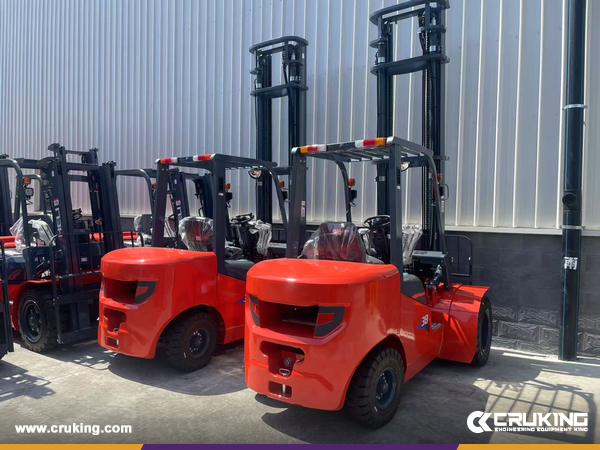 Philippines - 1 Unit HELI CPCD60 Forklift & 5 Units HELI CPCD38 ForkliftAugust 21,2025
Philippines - 1 Unit HELI CPCD60 Forklift & 5 Units HELI CPCD38 ForkliftAugust 21,2025 -
 Trinidad and Tobago - 1 Unit CAT 320 ExcavatorJanuary 14,2025
Trinidad and Tobago - 1 Unit CAT 320 ExcavatorJanuary 14,2025

















